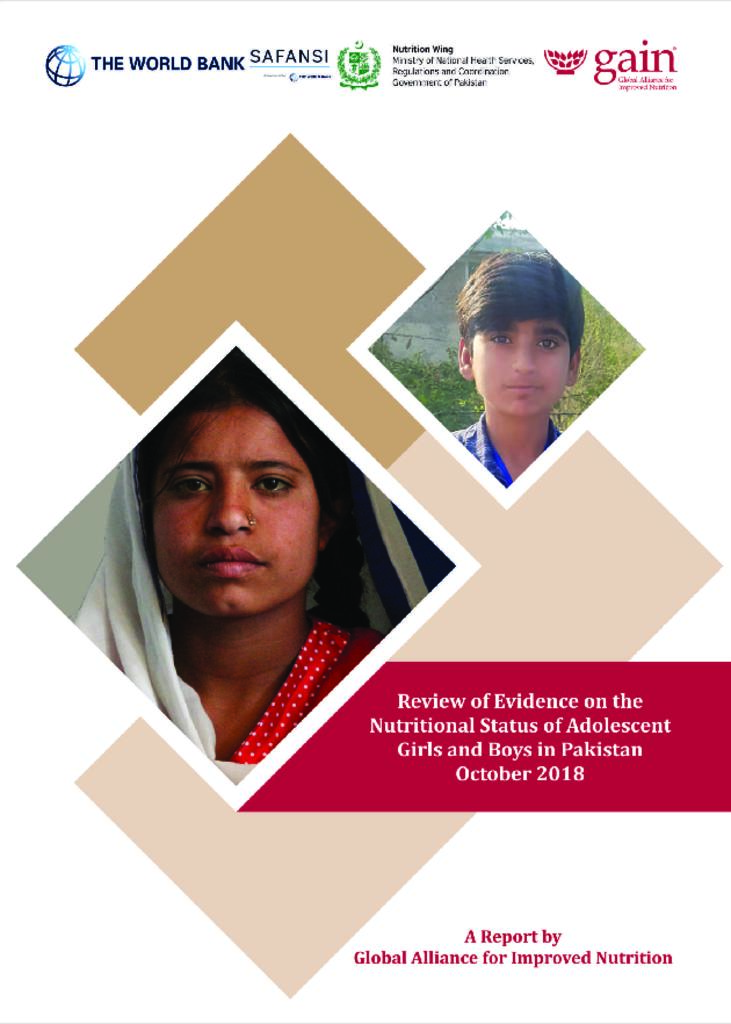There are 1.2 billion adolescents worldwide, 89% residing in low- and middle-income countries.
This large and growing cohort has gained considerable attention from the global nutrition community and national governments in the past few years, and rightly so. While the first 1,000 days remains a critical period of nutritional need, adolescence the period from 10-19 years of age is characterised by rapid biological and psychosocial growth and development. Up to 45% of skeletal growth takes place and 15 to 25% of adult height is achieved during adolescence. It is a vulnerable time with increased nutritional requirements, particularly for girls who are biologically vulnerable, while often lacking access to nutritious food, education, and other opportunities owing to gendered cultural norms.
Adolescence also presents unique opportunities to instill positive health behaviours before lifelong dietary and related habits are fully formed. Investing in nutrition during adolescence improves physical and cognitive development, shaping life course and intergenerational trajectories. Investment of USD 4.60 per capita annually through 2030 in interventions to improve adolescents' physical, sexual and mental health would yield ten times the benefits. Moreover, adolescence marks the last opportunity to reverse stunting.
Pakistan has a high burden of malnutrition, costing USD 7.6 billion or 3% of GDP annually (World Food Programme, 2017). Adolescents constitute one quarter of the population (approx. 40 million). Existing data on adolescent nutritional status is limited in scope and quality: it has not been routinely collected as it has for women and young children. Although 2017 saw the release of a much-needed initial assessment of ways to improve nutrition in adolescent girls, its analysis did not cover all available data and excluded adolescent boys. In 2018, a new conceptual framework for adolescent health was released as well as a thorough review of the determinants of adolescent undernutrition.
For these reasons, it was important to update and expand the 2017 initial assessment for Pakistan by including information on boys, incorporating additional resources, and more critically synthesising the available evidence. The purpose of this report is to provide a detailed review of available evidence on the nutritional status of adolescent boys and girls as well as the primary determinants of adolescent malnutrition in Pakistan. We synthesise this information to better identify and prioritise critical data gaps and shape recommendations for future policies and programmes. The evidence generated here will be used to develop a report outlining evidence requirements, policy options, and interventions to improve adolescent nutrition in Pakistan.
The current report begins by outlining the importance of nutrition during adolescence and setting the global context on goals, strategies, and guidelines for adolescent nutrition. We then present patterns and trends in nutritional status and the primary determinants of adolescent malnutrition. Before presenting the ndings in Pakistan, an overview and the global context is provided at the beginning of the sections on anthropometry (2.1.1);nmicronutrient status, anaemia, and night blindness (2.2.1); determinants of malnutrition (3.1.1); and dietary intake (3.2.1). We conclude by summarising the findings, identifying knowledge gaps, and discussing implications for policies and programmes.
